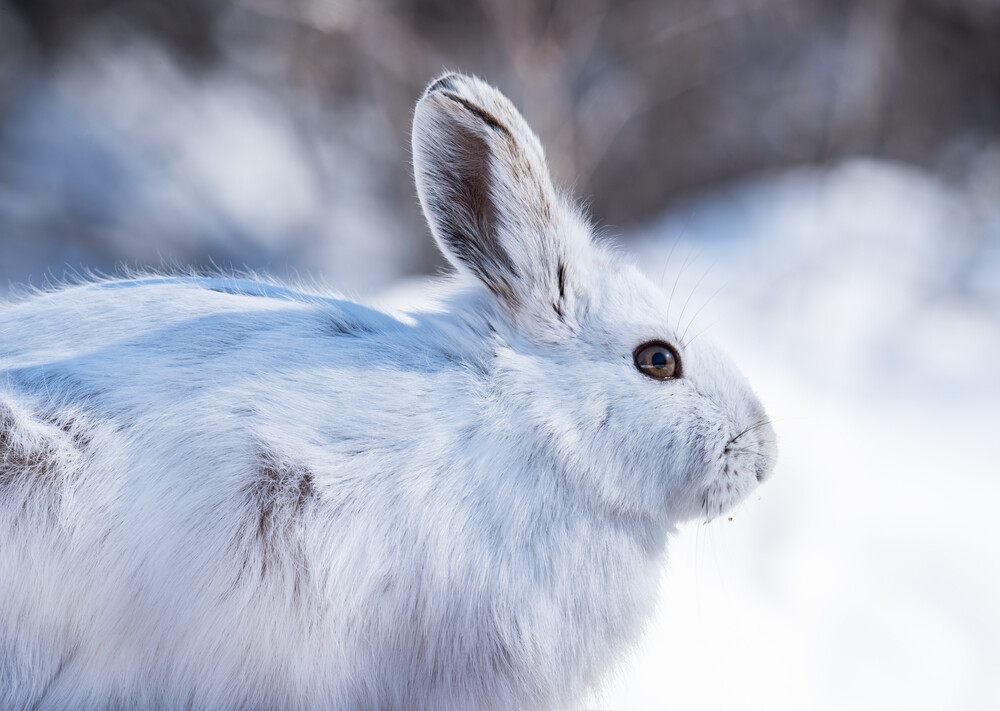
Deer mice that survive in low-oxygen conditions at high altitude. Monkey flowers that bloom in the searing soils of Yellowstone National Park. Snowshoe hares whose coats whiten to provide protective camouflage in winter.
These and other species that make themselves at home in difficult environments will guide a new four-year, $4 million National Science Foundation study from researchers at the University of Nebraska-Lincoln and University of Montana.
The researchers will aim to better understand how certain genetically based adaptations among animals and plants have evolved in response to environmental challenges.

Gaining clearer insights into the genetic basis of physiological traits could eventually help fine-tune efforts to rehabilitate threatened or endangered species, the researchers said.
“To protect a habitat that a given species needs, you need to have some understanding of how that species is adapted to its environments,” Storz said. “That’s a component of biodiversity that maybe a lot of people don’t think about. This research is relevant to that issue.”
The team will analyze the complete genetic instructions, or genomes, of organisms that have proven themselves especially adaptable to difficult conditions. Comparing an organism’s patterns of gene expression with those from other members of its species – or different species with well-mapped genomes – should help the researchers establish more precise links between genetic changes and environment-specific traits.

“By doing that, we should learn a lot about basic biology, too.”
The Nebraska and Montana teams will gather annually to discuss joint progress and questions relevant to their work. Among those questions: How might the project’s findings inform conservation efforts? Should members of a species from one geographic area be introduced to another for the sake of boosting a declining population?

“Are we limiting the recipient population’s ability to survive in its habitat if we’re bringing in (gene variations) that are adapted to a different condition? Are we losing the species because we’re sort of polluting it? I think the series of issues we’re going to tackle on that front will range from the very practical to the more philosophical.”
The project’s funding will also support the hiring of four postdoctoral researchers – two at each institution – and full-time research assistantships for multiple graduate students, including those from underrepresented minority groups.
“A lot of the money is devoted to training the next generation of evolutionary geneticists,” Montooth said. “In that sense, our goal is to support students being able to think broadly across the different hierarchical levels of biology.”
Storz, Montooth and Meiklejohn are collaborating with the University of Montana’s Zac Cheviron – a former postdoctoral researcher from Storz’s lab – along with Montana’s Lila Fishman and Jeffrey Good. The team’s project – Using Natural Variation to Educate, Innovate and Lead (UNVEIL): A Collaborative Research Network to Advance Genome-to-Phenome Connections in the Wild – is receiving support from the National Science Foundation’s Established Program to Stimulate Competitive Research.







